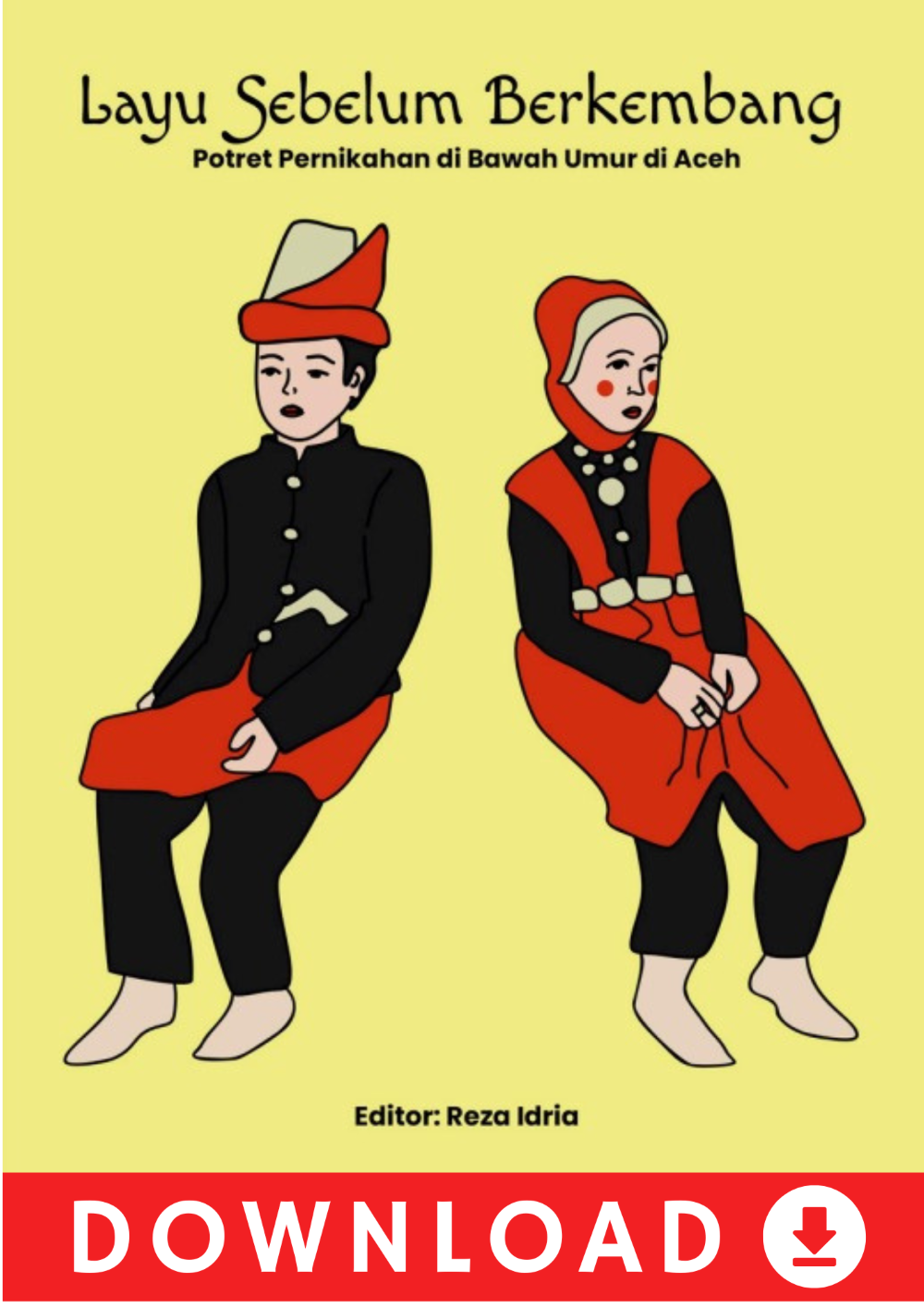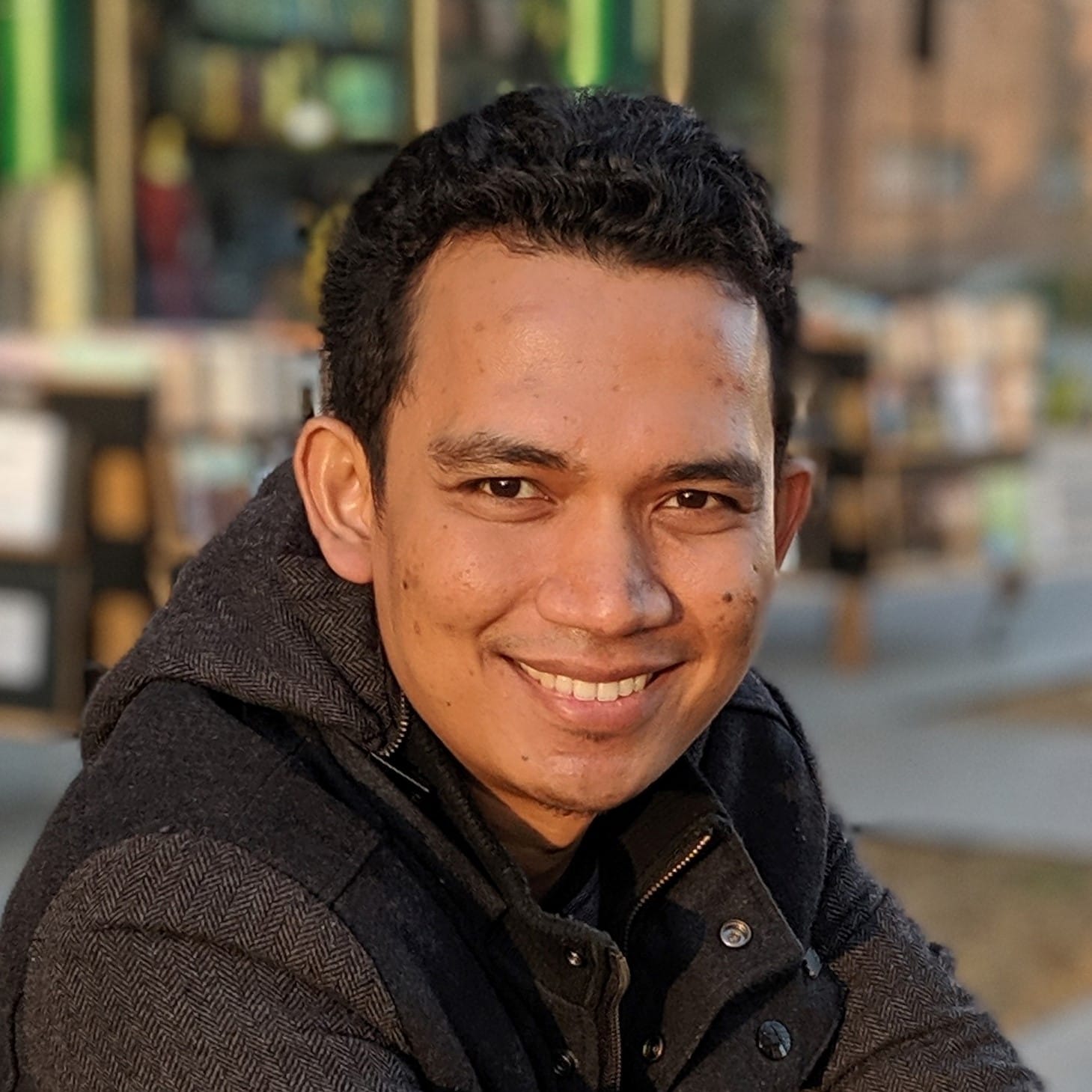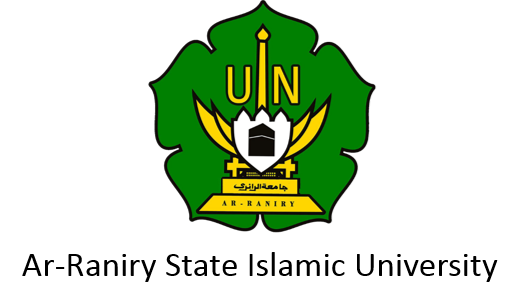By : Nia Deliana
A Lecturer in International Islamic University of Malaysia

Ismail Fajri Alatas, “Habaib in South East Asia” in The Encyclopedia of Islam Volume III edited by Kate Fleet, Gudrun Kramer, Denis Matringe, John Nawas, and Everett Rowson, Leiden : Brill, 2018.
A subtitle “Habaib in Southeast Asia” authored by Ismail Fajri al Attas published in The Encyclopedia of Islam Volume III gives a brief description on the origin and role transformation of the Habaib in Southeast Asia as early as 15 th to the present time. It is crucial to note here that this referential works give no attention to the role of Aceh in the transformation of the Habaib in this region.
It begin with explaining the terminology of the words and its meaning. ‘Habib’ is a label awarded by the indigenous population as a gratitude to a prophet descendant traced their lineage to Ahmad bin Isa, the grand grandson of the prophet Muhammad SAW who emigrated from Basra to Hadhramawt in the 10 th century, in which later they pioneered numerous religious and political establishments. One of them is in Sufism field where Tariqat al Alawiyyah flourished and spread to Southeast Asia which persisted till the very present time. In these 4 pages narratives, Prof Alatas mentioned that the Habib was the earliest known Muslim missionaries in Southeast Asia, traced their existence to the 15 th century period. Yes, their origin in this area is pretty much debatable where one of the arguments indeed relates evidences of their existence as early as 9th century, appointing to inhibition of Lamuri, a long lost area once situated in the Northern part of Sumatra.
In the coming centuries, their roles, as convincingly enumerated through numerous coherent primary evidences, were evolved from being merchants and jurists to royal advisers and even as Sultan. On the last particular position, the author does not mention the fact that the Habaib firstly gained such domination of political authority from activities in Aceh where within the latter’s internal conflict and political disintegration opened up opportunities for foreigners such as the Habaib community to rule its region. Although insecurities in the area continued to last even after the election of the highly claim spiritual Hadhrami figure known as Jamal al-Lail, his generations dominated crucial functions in the royal courts up to the 19 th century. The election of the first Arab Sultan occurred in the very dawn of 18 th century, long before their existence as occupying the head Sultanate position appeared in other places mentioned in this work.  Although narratives on their presence during the colonial period has been touched briefly, It is mesmerizing to learn that inadequate emphasis is made on the fact that due to colonization the role of these Hadhramis were reduced either as an agent to the ruling colonial or indigenous master while a handful of others were wealthy enough to be advisers to either one of the governments. Not to mention how numerous fashioning ideologies emerged at that moment affected the fluidity of such mobilization. Despite missing the direction towards this essential turn of event, the writer jumps to the explanation on the infamous bifurcation among themselves which occurred at the end of 19 th century, conflicting with the controversial response towards the colonial ethic policy and modernity achievement. Fragmentation among them was even deeper, reflected from internal clashes within institutions and social organizations divided by differences of ideology in the 20 th century. Some of them incorporated actively into the civilian mass movement during and after the independence period where numerous names from the Habib origins later appeared as taking ministry positions in Indonesian parliament while some others was insisting on participating in the social mobilization organizations where religious purification lays as the basis of its foundation and movement.
Although narratives on their presence during the colonial period has been touched briefly, It is mesmerizing to learn that inadequate emphasis is made on the fact that due to colonization the role of these Hadhramis were reduced either as an agent to the ruling colonial or indigenous master while a handful of others were wealthy enough to be advisers to either one of the governments. Not to mention how numerous fashioning ideologies emerged at that moment affected the fluidity of such mobilization. Despite missing the direction towards this essential turn of event, the writer jumps to the explanation on the infamous bifurcation among themselves which occurred at the end of 19 th century, conflicting with the controversial response towards the colonial ethic policy and modernity achievement. Fragmentation among them was even deeper, reflected from internal clashes within institutions and social organizations divided by differences of ideology in the 20 th century. Some of them incorporated actively into the civilian mass movement during and after the independence period where numerous names from the Habib origins later appeared as taking ministry positions in Indonesian parliament while some others was insisting on participating in the social mobilization organizations where religious purification lays as the basis of its foundation and movement.
Despites understanding that this work is written for an extremely precise reading based on interpretation through written documents of numerous secondary sources, I can’t help but see that the missing of narratives on Aceh is important to address. Although the author mentions on the lack of documentation evidence, the realities that found through the existing available proof did not omit the significance of Aceh as the stepping stone where these Habaib gained increasing prestigious role. And more important it is to think that perhaps due to this kind of inadequate given attention; it may help encouraging other scholars to conduct further investigations in the respected matter.













